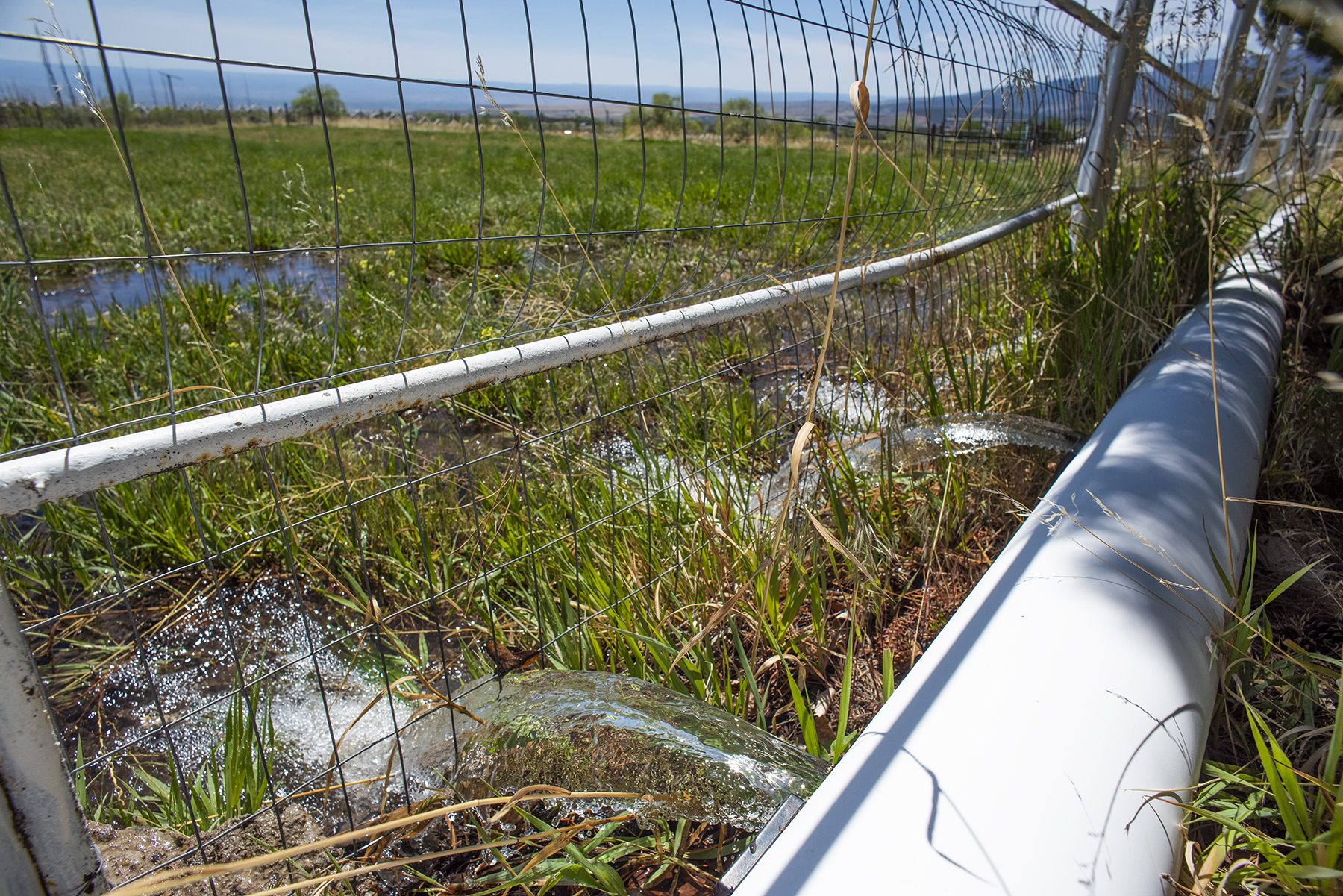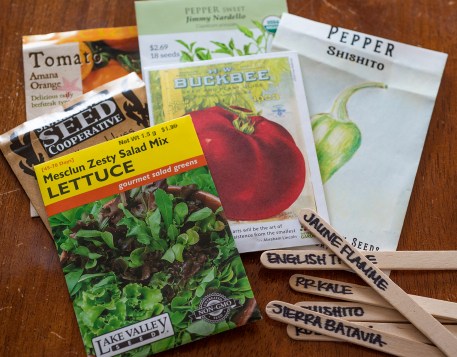“We are bewildered at what can happen out in the world in such a short time. We are not qualified to make heads nor tails of it all, and it is humbling to be able to do so little in response. However, we do our work of peaceful and close-to-home living as best we can. Try not to depend too much on the larger greedy systems that perpetuate war and its profits. The daily points where our bodies remain connected simply and physically to the Earth still need looking after – food, shelter, warmth, family – the seeds sown, the wood chopped, the flour ground, the dough mixed. It’s a blessing to be given the time and space to do those things, thoughtfully and with humility.”
-Barn Owl Bakery, Lopez Island, WA, March 2022

Kale: strong, resilient, nutritious. The plant I aspire to be.
Hello there. We are here, and we hope you are, as well. In a world that feels ever more suffused with madness each passing day – e.g., the IPCC thoughtfully released its latest report three days after the invasion, thereby guaranteeing we will all continue to ignore the existential crisis staring us right in the face while we focus instead on a pointless and devastating and intentionally distracting war – we are planting seeds, tidying winter debris, plowing new beds and generally readying ourselves for another productive growing season at Quiet Farm. Collectively, we’ve careened wildly from one catastrophe to the next over the past two years, and we are all exhausted, drained, sad and anxious. Once again, getting our hands into the soil and quietly producing something real, substantial, edible and nourishing seems far and away the most useful response to the ever-increasing chaos out there.
We hope you, too, will plant something this year. We’ll be back again soon.






